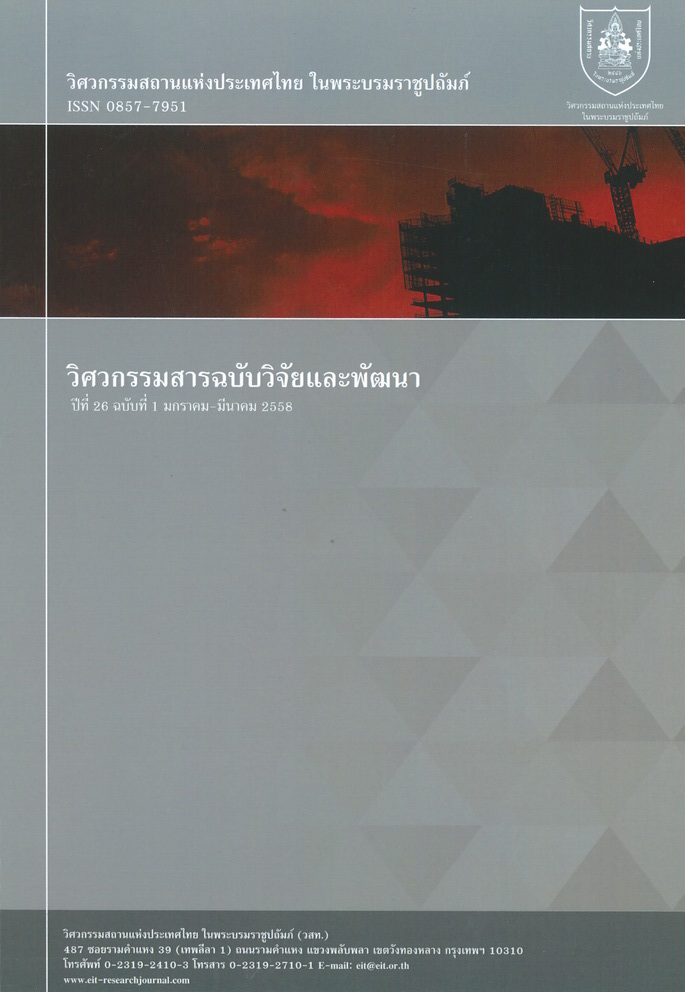MAPPING ABANDONED LANDFILL SITES USING ELECTRICAL RESISTIVITY IMAGING: A CASE STUDY IN BANGKOK, THAILAND
Main Article Content
Abstract
This study presents the use of electrical resistivity imaging (ERI) as a tool to characterize a suburban abandoned landfill in terms of assessment of its boundary and thickness. The test site was located in a suburban area of Bangkok, Thailand, and covered around 16,000 m2. An electrical resistivity method that is sensitive to the different physical properties of the subsurface was found to be necessary to confirm the presence of heterogeneities, their nature, and assess their lateral and vertical extent in the landfill. To validate the boundary and thickness of the resistivity-determined landfill, borehole information was used to correlate the ERI data with different materials. By cross-analyzing the borehole data with the ERI-derived images, it was possible to delineate the boundary of the landfill and establish the contact between the filled and natural soil materials.
Article Details
Section
Research Articles
The published articles are copyright of the Engineering Journal of Research and Development, The Engineering Institute of Thailand Under H.M. The King's Patronage (EIT).


